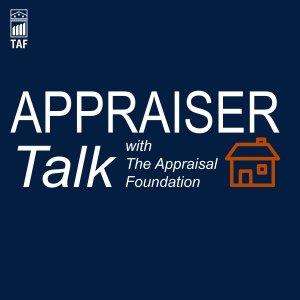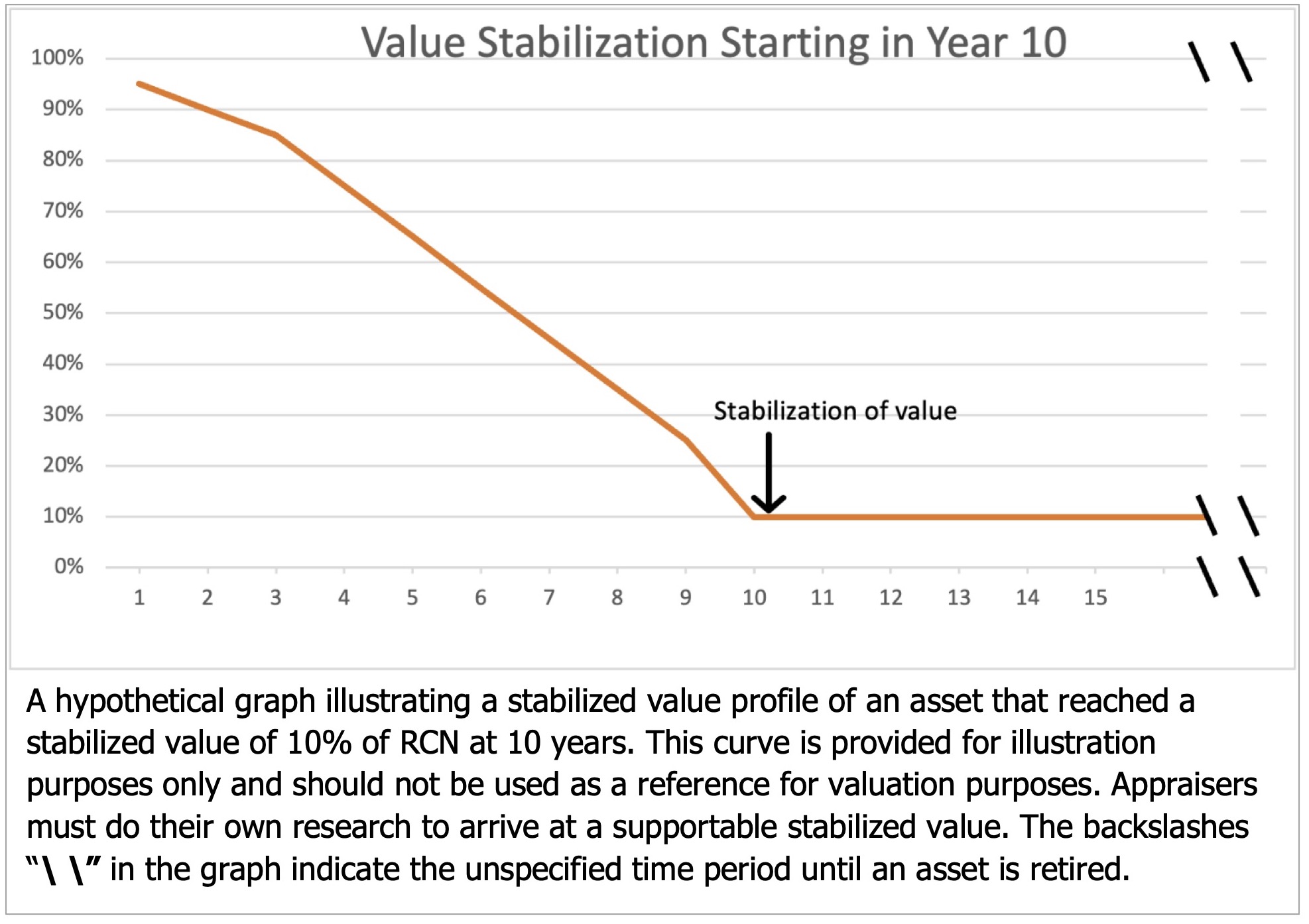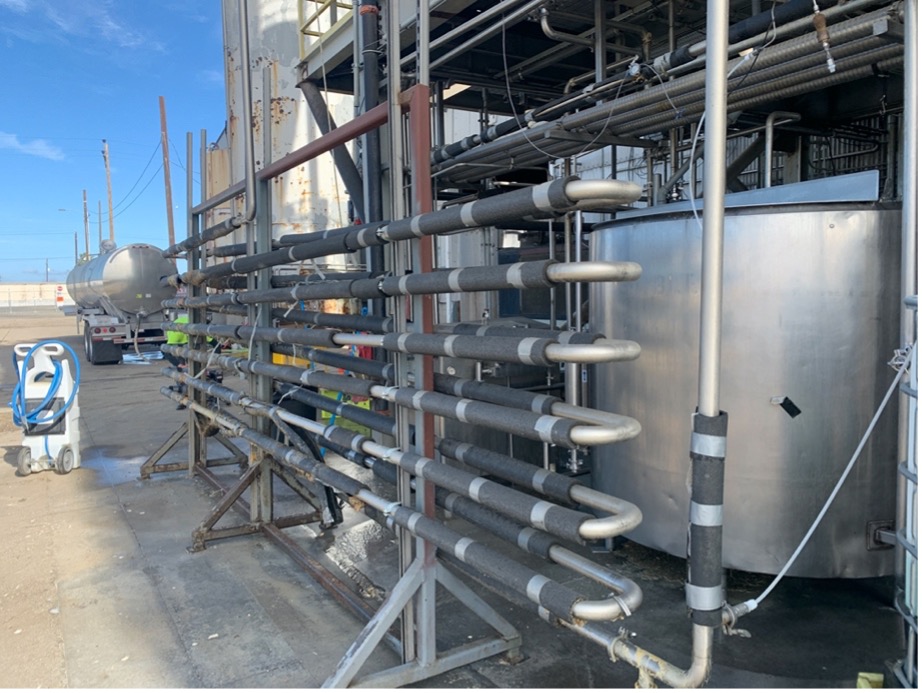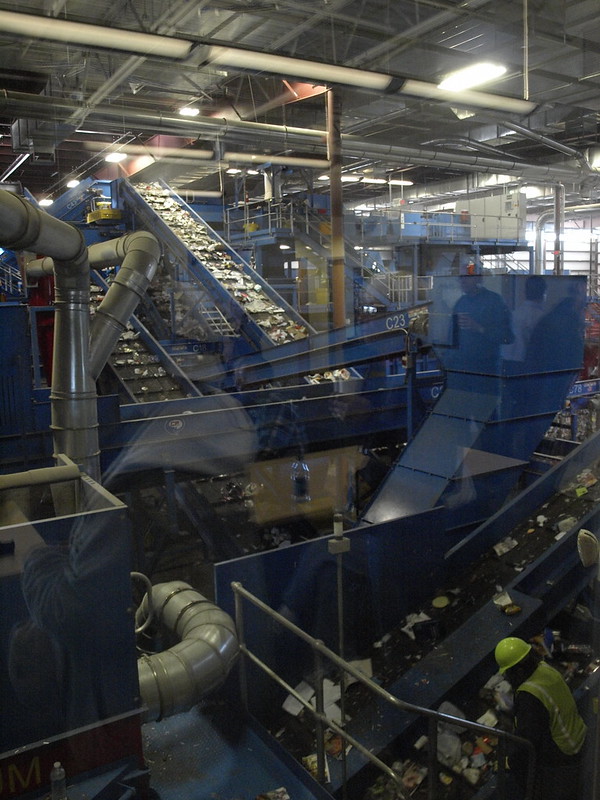I recently provided an equipment and machinery appraisal report on the Subject Assets of a specialty manufacturing company in the Sacramento area, using Orderly Liquidation Value, as specified. After receiving the report, the Sacramento bank for which the equipment appraisal was done contacted me, concerned that the in-house appraisal department was finding values considerably lower than those I had submitted. Turns out they were looking at figures for Forced Liquidation Value, a different kettle of fish altogether, according to The American Society of Appraisers, Valuing Machinery and Equipment, 2000:
Liquidations
Orderly Liquidation Value is the estimated gross amount expressed in terms of money, that could be typically realized from a liquidation sale, given a reasonable period of time to find a purchaser(s) with the seller being compelled to sell on an as-is, where-is basis as of a specific date.Forced Liquidation Value is the estimated gross amount expressed in terms of money that could be typically realized from a properly advertised and conducted public auction, with the seller being compelled to sell with a sense of immediacy on an as-is, where-is basis, as of a specific date.
Here we are getting into the realm of what we qualified appraisers call “levels of trade” or “premise of value.” So what do these premise of value definitions really mean? Under a Forced Liquidation scenario it is assumed that the seller, whether the manufacturing company, the bank, or an auction company, has about 30 days to market and sell an item; there’s a “sense of immediacy.” Under an Orderly Liquidation scenario, on the other hand, we are “given a reasonable period of time to find a purchaser(s).” In short the forced scenario is more like a bankruptcy auction. The orderly scenario is more like a going out of business sale. As a former auction manager for a firm that primarily handled liquidation auctions, I have unique first hand experience with the difference in these two levels of trade.
In some cases, admittedly, there may not be a lot of difference between the final values when using these two premises. For many standard items of equipment or machinery, such as a John Deere 6330 tractor, for example, a properly advertised auction could be counted on to produce a reasonable market. With more specialized equipment, however, such as an optics manufacturing plant in Sacramento when the main center of the industry is in New Jersey, and there are a limited number of players, there can be quite a bit of difference in the price between the seller who is “given a reasonable period of time to find a purchaser” and one who is “being compelled to sell with a sense of immediacy.”
Here is an example of the difference in value:
Scenario 1—Forced Liquidation: Seller sends the piece to auction to be sold to the highest bidder regardless of price; buyer must remove it from the premises within 5 days of purchase. The auction is 25 days from now meaning that there are 25 days to market it. There is no time to advertise the item in any trade journals or to properly market the item in a manner which is usual and customary for the industry.
Scenario 2—Orderly Liquidation: Seller works with a liquidator or receiver who calls several dealers around the country and tells them about the item in great detail. The item is properly marketed in a manner which is usual and customary for the industry, including advertisements in trade journals, etc. In addition, the buyer generally has a more flexible time frame during which to remove the item. In this scenario, the seller has about 90–120 days to have the items sold and removed. Although the price received will still likely be a wholesale price, it is unlikely to be sold at the rock bottom price of a Forced Liquidation Value.
When researching Orderly Liquidation Value, it’s important to talk extensively with dealers who specialize in the particular industry and not just go straight off of auction sales of similar items since we can’t be sure if the item was marketed effectively and properly before auction sale.
Premises of value are one of the more interesting aspects of the machinery and equipment appraisal industry. There are currently 10 different premises of value recognized by the American Society of Appraisers. Whether you are a CEO, a business valuation expert, an attorney, or insurance agent, it’s important that you understand the particular premise of value most appropriate to your equipment appraisal needs. Maybe you do need an Orderly Liquidation Value, but then again, maybe what you’re really looking for is Fair Market Value, Removed.
When you need appraisal values on speciality production equipment for any purposes, including litigation situations, be sure to contact a qualified equipment and machinery appraiser who will take the time to explain the various options available for premise of value.
Jack Young
NorCal Valuation




